
The Golf Swing Timing – Allowing Natural Forces to Shine?
When you’ve played your best golf, it probably felt like nothing. Your golf swing timing was so on point that you could simply play the game without overthinking.
You’ve likely hit 5–10 shots in your life that stand out—maybe a drive that flew 20 yards farther than usual. It came and went, but at the time, it felt effortless, yet the result far outshined your normal striking.
Most golf swings feel slightly “hindered” due to an indescribable handbrake effect. In other words, you’ve probably noticed that when you try to swing harder, the ball sometimes flies shorter.
The reality is that 90% of all golf swings involve some level of manipulation. But then there are players like Freddie Couples, Ernie Els, Sam Snead, and Tom Watson—golfers who seem to move without resistance, allowing natural forces to do the work. It’s all players that are referred to as smooth tempo players but I’d like to call them golf swing timing masters.
This article is written from an old-school swinging perspective, but the concepts can likely be adapted to any swing system.
For reader context: this article is a part of my FMM Swing Academy and refers to the pattern and release style that I call the Big Arc Swinger. The context providing start page is reached here.
Natural Forces Potential – IF you allow them
Gravity
The most significant and underrated force in the golf swing is gravity. From the top of the backswing, you need to allow gravity to do its job. The key to this is grip pressure, which directly affects arm tension. The more you let go and allow the club to release, the more gravity can take over.
Momentum of Arms and Hands
When gravity kicks in, it sets everything in motion—your arms, hands, and club will travel naturally without you forcing them. This isn’t a small effect. If you simply let go from the top of the backswing, the club will naturally move into a position of shaft lean at impact. That’s how much movement occurs if you allow it.
Centrifugal and Centripetal Forces
As the club is thrown outward, your trail arm extends due to the forces at play in the swing’s circular motion. You can either assist or restrict this natural movement.
- Over-assisting leads to a power-draining early release, often caused by excessive grip pressure. This causes the centrifugal force to be lost too soon, preventing gravity from playing its role.
- Over-restricting leads to excessive lag, sometimes presenting extreme shaft lean (e.g., 15 degrees at impact), which can hinder efficiency.
- Here is another article on this topic.
Summary of Natural Forces Potential
If you allow gravity, momentum, and centrifugal force to work in harmony, you can generate just as much—if not more—power and speed than if you try to manipulate the swing. In my view, this is the holy grail of ball striking—when combined with proper clubface control through how you accelerate the club.Maybe that’s why Jack Nicklaus once said something along the lines of: “The longer I wish to hit, the less I try.”
Golf Swing Timing – Conflict or No Conflict
In the introduction, I mentioned that feeling of something getting in the way of your natural motion—like a grinding in the machinery. In my experience, this conflict arises when your intentions interfere with the natural forces at play. Instead of working with gravity, momentum, and centrifugal force, you end up working against them. This misalignment is what I’d call manipulation.
So how do you create a zero-conflict motion while still feeling in control? How do you take charge of your swing without getting in your own way?
No Conflict Parameter 1 – Taking Brain Lag into Account
Whatever we try to do in life comes with a slight delay from the brain’s perspective. Even something as simple as grabbing a glass of water has a built-in lag. In golf, this delay is crucial because the time from the top of the backswing to impact happens in a split second.
It matters.
In other words, whatever you intend to do in your swing, you need to initiate it sooner than you think. That’s pretty much a rule, no matter which swing concept you follow.
If you want to influence the motion—which makes sense from a control standpoint—you need to begin your intentional adjustments before the natural forces take over. That means acting much earlier in the swing, almost as if you’re guiding your club and arms behind you rather than toward the ball.
No Conflict Parameter 2 – Post Impact Intentions Affects Pre Impact
We are all naturally athletic, meaning we instinctively adapt to a task.
If I want my club to finish low and left after impact, my body will naturally adjust my hand path earlier in the downswing to accommodate this.
If I want my club to finish higher after impact, I will instinctively release more centrifugal force—since you need to go down before you go up.
The key takeaway: your intentions for what happens after the ball directly influence how you move before impact.
Tying the Sack Together – How Golf Swing Timing Feels
When you factor in brain lag, the raw intentional task, and the post-impact advantage, you reach a point where you can take charge of your swing without interfering with its natural flow. All my intentions—even those related to post-impact movements of the club, hands, and arms—are initiated in the below described phase of the swing.
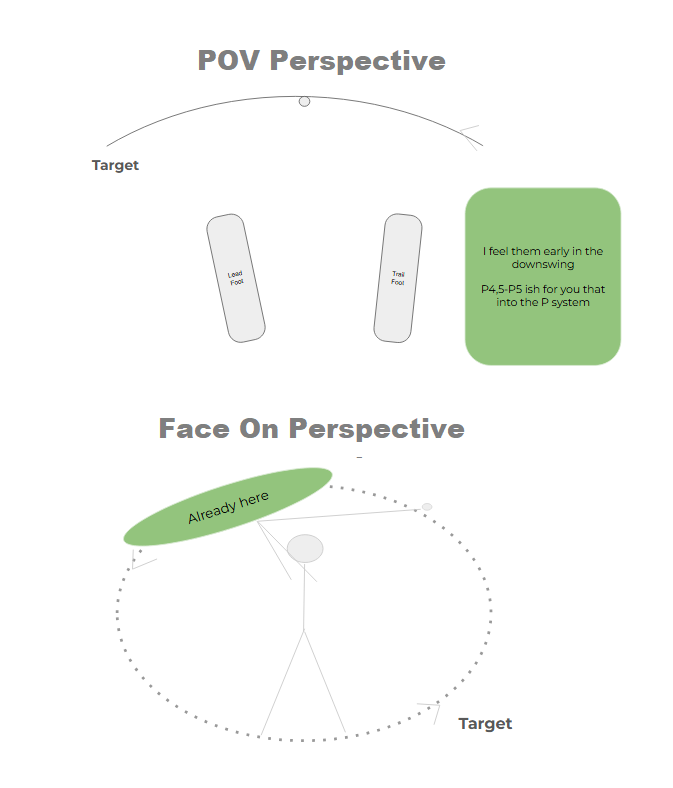
When I approach my motion this way, the result is a much more effortless strike. It lets the natural forces do their job without unnecessary manipulation.
Please click here to go back to the FMM Swing Academy page.
More FMM Project Articles
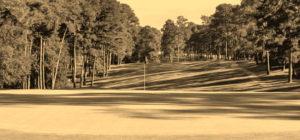
The Swinging Protocol – In the Core of all Great Golfers?
I have a special interest in the golf world, and that is to understand what actually built the best swings of all time. Not just how they look, but what truly built them. What…

A Powerful Golf Swing Clips It – Stop Chasing Divots
We are all performing golf swings based on inner images, muscle memory, and athleticism. These different subconscious images will shape how we perform our motion. A powerful golf swing clips it in a shallow,…
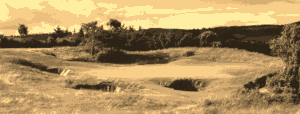
Perform Your Backswing in Front of Yourself – The Vertical Lift
The backswing might be the most difficult part of golf. Do it right, and while there are no guarantees of a perfect result, do it wrong and you’ve almost certainly ruined your chances of…
Some General Swing Tech Posts (with Videos)
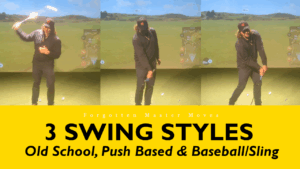
3 Golf Swing Styles – Coverage to Navigate the Golf Jungle
3 Golf Swing Styles – Coverage to Navigate the Golf Jungle There are many different way to swing a golf club but I’ve pretty much narrowed it down to 3 golf swing styles in…
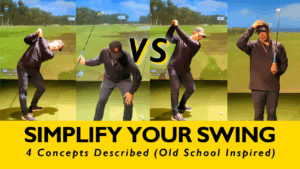
The Simple Golf Swing: Four Key Concepts Explained
The Simple Golf Swing: Four Key Concepts Explained Does the simple golf swing actually exist? It’s a reasonable question and my answer is this. There are definitely simplifications of the motion available for you…
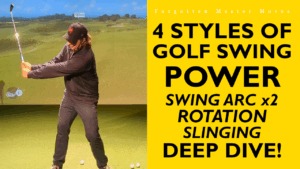
4 Styles of Golf Swing POWER Discussed – Jungle Guidance
4 Styles of Golf Swing POWER Discussed – Jungle Guidance Golf swing power — and the different styles of generating it — is both fascinating and confusing. Over the past 10 years, I’ve dabbled…
Golf Development Consulting
I offer some services for you that are into golf technique and want some assistance.
No posts
General Article Collection Pages

All Articles Library – All Creations in One Place
Everything I’ve created over the years. You have different filterings according to the list below. Wish to watch Youtube videos instead? Then click here to open Wish to visit my Skillest Profile (coach app)?…
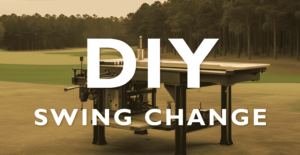
DIY Swing Change – Advice on How to Successfully Change
Do It Yourself, DIY Swing Change, is what has driven me the last decade in my golf swing development. The absolute enjoyment of figuring out a swing change myself. To all of you out…
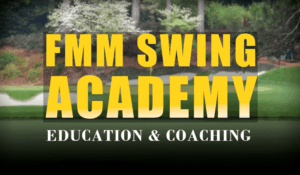
FMM Swing Academy – 3 Release Styles. 3 Swing Patterns
FMM Swing Academy Almost everyone who plays golf wants to get better and tries to get better, but doesn’t get better. Why? Let’s look at what differentiates a good golfer from a not-so-good golfer….

Golf’s Best Systems – Much Needed Golf Technique Context
I categorize golf motion styles into systems for the sake of clarity and understanding. No golfer fits perfectly into a single system, but without a structured framework, you’re essentially shooting in the dark. These…
Old School General Articles
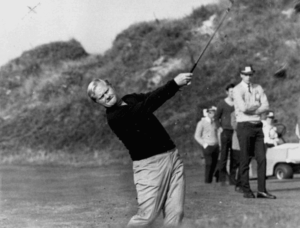
Why Jack Nicklaus Swing Work – Free of Modern “Rules”
Most people have Ben Hogan as their swing god, and sure, he’s awesome, but my personal favorite will always be Jack Nicklaus Swing. The Golden Bear. It’s the simplicity and effortless feel of it…
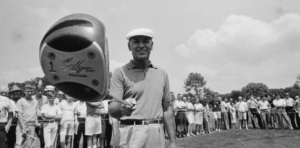
Ben Hogan Swing Rebuild – The Breakthrough That Changed Golf Forever
Nothing in golf quite compares to Hogan’s dominance in the 1940s and 1950s. The Ben Hogan swing rebuild, which he eventually shared through Five Lessons and other insights, shook the golf world—but without the…
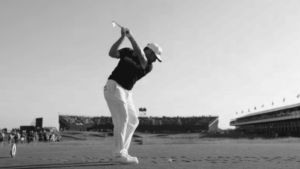
Old School Swinging Elements on Tour – A Modern Case Study
Modern top tier golfers definitely display old school swinging elements of the old greats. These swing styles are making their way back to the leaderboards today. How to spot Old School Swinging Elements? Once…